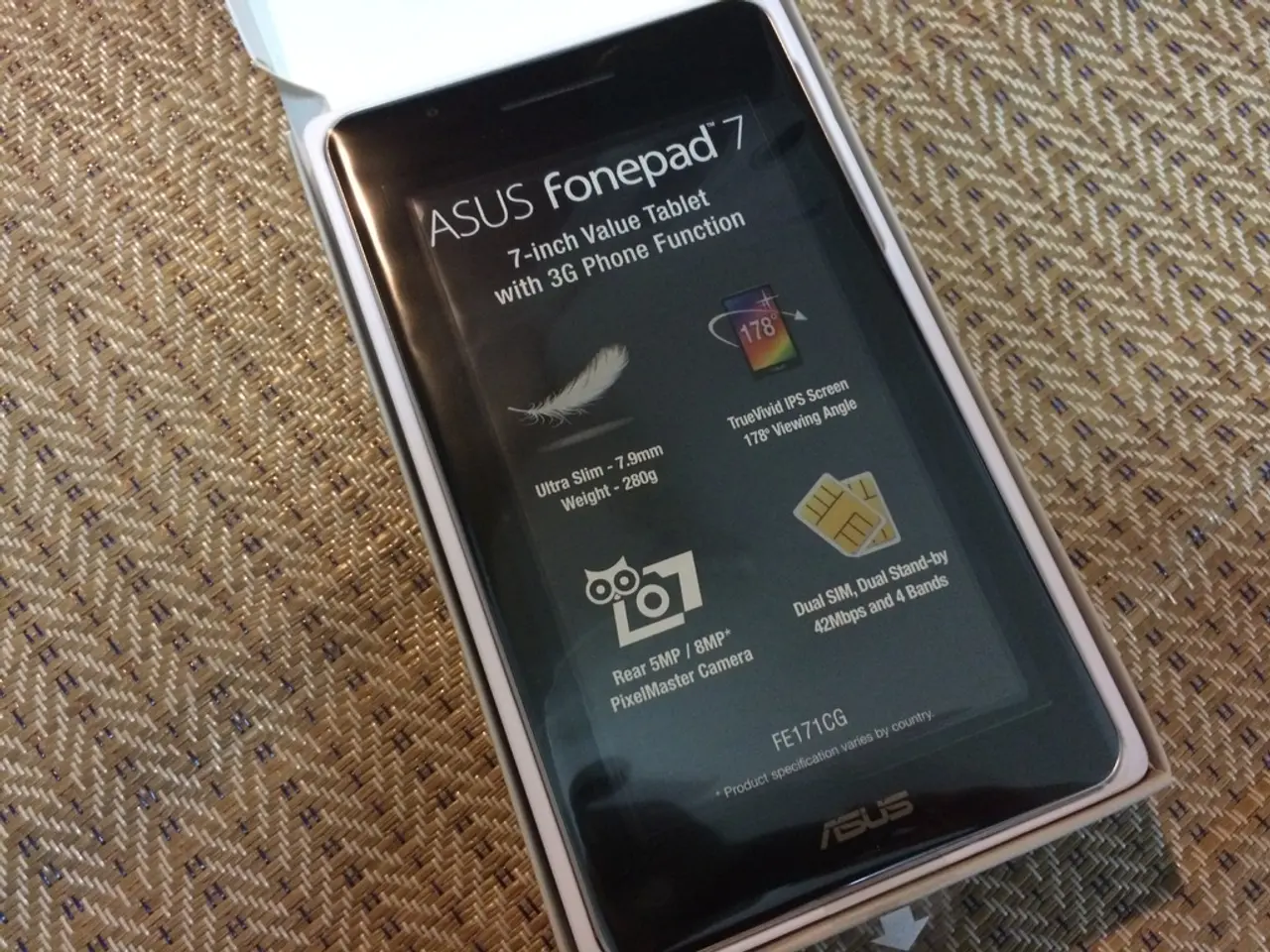Preparing to Switch to Solar Energy: A Guide for Initial Users
In the heart of Southeast Asia, Singapore is making strides towards a greener future, with solar power gaining significant traction among households and businesses.
For homeowners, investing in solar power is increasingly seen as a practical and sustainable solution. With various financing options available from the government, local banks, and other providers, the initial cost of a residential solar system can be made more affordable. These systems typically range from SGD 10,000 to SGD 20,000, depending on size and components, though some estimates can reach up to SGD 38,000 for larger setups.
Before committing to solar panel installation, homeowners should carefully consider several key factors. Financial considerations are paramount, with potential energy savings of 30% to 50% on electricity bills, but actual savings depend on system size and usage. The typical solar payback period in Singapore can range from about 7 years to longer, influenced by installation costs and incentives. However, potential government grants or rebates may lower net costs, so homeowners should research available schemes.
Roof suitability is another crucial factor. The roof should be in good condition to support panels safely, considering age, material, and sturdiness. Panels are most efficient when installed at optimal angles and directions to maximize sunlight exposure. For Singapore, near-horizontal installations with some tilt generally work best. Shading from nearby buildings, trees, or other obstructions can significantly reduce panel efficiency, so a shading analysis is necessary.
When it comes to panel efficiency and types, homeowners should opt for high-quality, efficient panels, such as Tier 1 panels like Silfab, for better long-term performance. Panel power output varies, with common models around 410-430W per panel.
In terms of weather and maintenance considerations, Singapore's tropical climate with frequent rain can help keep panels clean, but dirt and dust accumulation still occur and affect output. Solar panels generate electricity even on cloudy or rainy days, but output will be lower than on sunny days.
Homeowners should also understand whether the panels are owned or leased, as leased systems have different cost and maintenance implications. Familiarity with inverters, meters, and system monitoring helps ensure smooth operation and quick issue resolution.
For larger-scale commercial projects, ground-mounted systems or solar canopies may be considered if rooftop installation isn't viable. Businesses have several paths to solar ownership, including Power Purchase Agreements (PPA), green loans, and ESG-linked financing. Long-term savings from solar systems can make the upfront cost worthwhile, but costs should be considered, including installation fees, inverter costs, potential battery storage, and maintenance.
Adopting solar power supports wider environmental, social, and governance (ESG) commitments and can enhance a business's green credentials, improve stakeholder perception, and help future-proof its brand. Choosing a trusted solar installer with a track record in commercial installations, solid warranty coverage, and responsive after-sales service is important.
In Singapore, several financing options are available to ease the burden, such as green loans and solar leasing arrangements. Government support and utility schemes can reduce the cost of going solar, such as net metering arrangements or rebates. Installing solar panels requires careful consideration, including structural readiness, long-term cost savings, and system performance factors.
As Singapore continues to prioritise sustainability, solar energy is poised to play a significant role in the country's energy future. By making informed decisions and careful planning, households and businesses can harness the power of the sun to reduce their carbon footprint and lower energy costs.
- As solar power gains traction in Singapore, homeowners are viewing it as a practical and sustainable solution for green living, contributing to the country's environmental conservation efforts and reducing their carbon footprint.
- The government, local banks, and other providers offer various financing options to make the initial cost of a residential solar system more affordable, with potential energy savings of 30% to 50% on electricity bills.
- In terms of weather and maintenance considerations, solar panels can generate electricity even on cloudy or rainy days in Singapore, but homeowners should account for panel inefficiencies due to dirt and dust accumulation, and understand whether the panels are owned or leased.
- For larger-scale commercial projects, businesses can explore options like ground-mounted systems, solar canopies, Power Purchase Agreements (PPA), green loans, and ESG-linked financing to lower their carbon footprint, enhance their green credentials, and secure long-term savings.
- As Singapore prioritizes sustainability, the increased adoption of solar power supports wider environmental, social, and governance (ESG) commitments, helping businesses improve their brand image, stakeholder perception, and future-proof their operations.




